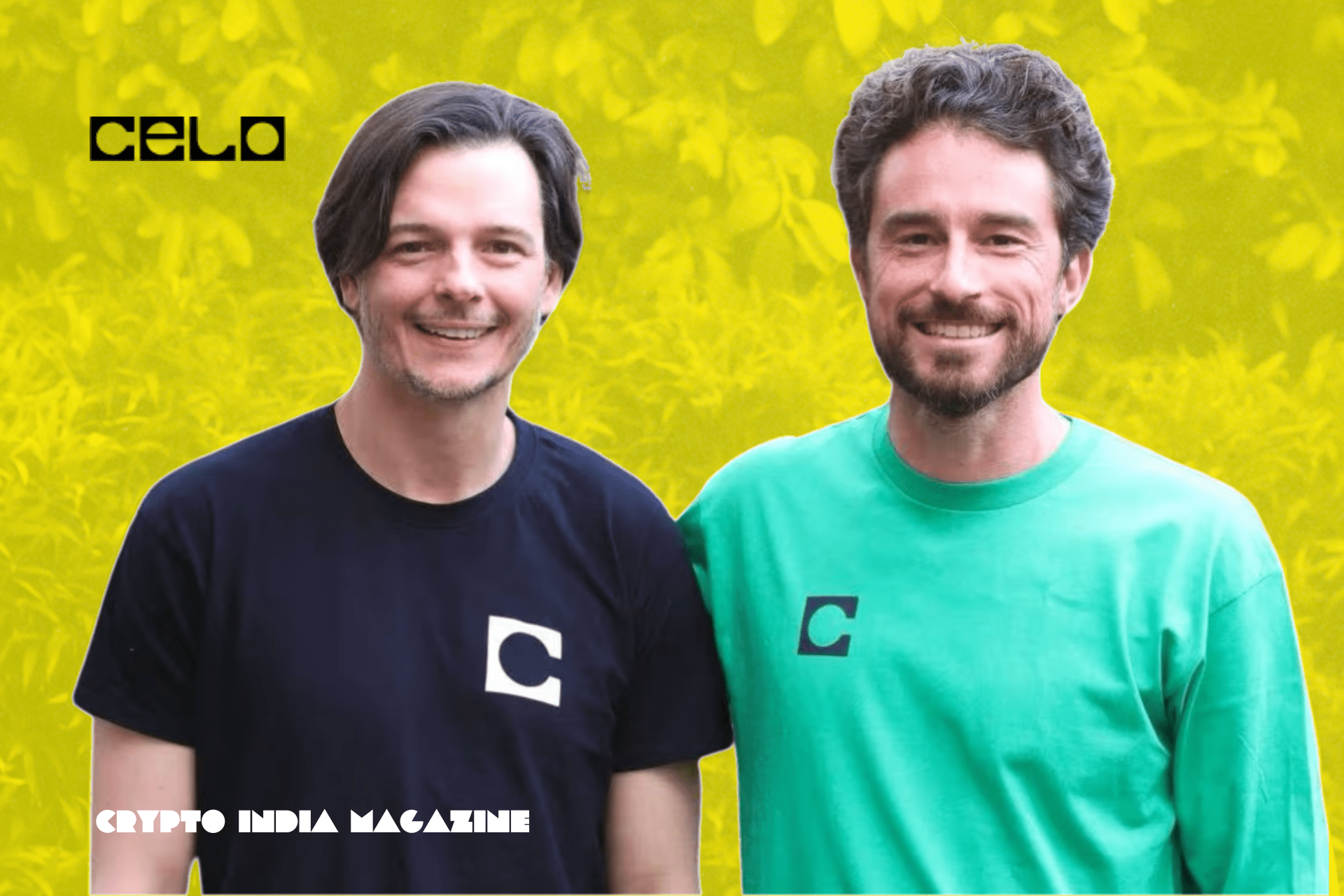The Celo blockchain has officially transitioned from a standalone layer-1 network to becoming an Ethereum layer-2 chain, marking the culmination of a nearly two-year process that began in July 2023. The move, powered by Optimism’s OP Stack technology, was announced on Wednesday by the main organizations behind the network, including cLabs and the Celo Foundation.
🏡 @Ethereum, we're home!
— Celo.eth/acc 🦇 🌳 (@Celo) March 26, 2025
Following a successful "hard hard fork" led by core contributors at @cLabs & L1 validators, Celo is officially an Ethereum Layer 2 🪨 🪨 🍴
What does that mean for the diverse, global decentralized ecosystem? Keep reading to find out ↓ pic.twitter.com/slW1W5oRmP
The migration represents a significant shift for Celo, which originally launched as an independent layer-1 blockchain in 2020. By adopting the OP Stack—a framework designed for building layer-2 networks—Celo aims to improve transaction speed and cost efficiency. And it is all done while inheriting Ethereum’s robust security and decentralization. The new protocol boasts one-second block times and sub-cent transaction costs, enabling faster and cheaper transactions for users.
Marek Olszewski, CEO of cLabs, praised the OP Stack for its flexibility and support throughout the transition process.
“Migrating to an Ethereum L2 enhances Celo’s security and scalability,” Olszewski said. “Celo transactions are now anchored to Ethereum, inheriting its battle-tested economic security and decentralization”.
A Blueprint for Other Layer-1 Blockchains
Rene Reinsberg, CEO of the Celo Foundation, highlighted the significance of this migration. He sees it as a potential model for other EVM-compatible layer-1 chains considering similar transitions.
“This path of not just spinning up a new chain but actually maintaining that history… is becoming this kind of great case study for Ethereum,” Reinsberg said.
He noted that other blockchain founders have expressed interest in understanding the technical and operational aspects of such a transition.
The migration also addresses challenges faced by Ethereum’s layer-2 ecosystem, such as fragmented user experiences and competition from rival blockchains like Solana. Despite these hurdles, Reinsberg believes more layer-1 networks will follow Celo’s lead as sentiment around Ethereum’s ecosystem improves.
Technical Changes and User Impact
For end users, the transition to layer-2 will largely be seamless. Key features like SocialConnect—a protocol linking phone numbers or social media handles to wallet addresses—remain intact. However, there are notable changes at the protocol level:
- Validator Roles: Validators now operate community RPC nodes temporarily instead of running consensus protocols. Rewards are distributed through smart contract execution rather than epoch blocks.
- Transaction Sequencing: Initially handled by a centralized sequencer, transaction sequencing will shift to decentralized systems in the future.
Native bridging between Celo and Ethereum is now possible, enhancing token transfer security by reducing reliance on external bridges—a common vulnerability in blockchain ecosystems.
A Long Journey Completed
The transition was first proposed in July 2023 and approved via community vote in July 2024 after extensive research and discussions with Ethereum stakeholders. The move simplifies liquidity sharing between Celo and Ethereum while ensuring compatibility with Ethereum Virtual Machine (EVM) tools for developers.
This milestone solidifies Celo’s alignment with Ethereum’s ecosystem while providing a scalable framework for future growth. As other EVM-compatible blockchains evaluate their strategies in light of this development, Celo’s transition could pave the way for the broader adoption of layer-2 solutions across the industry.
Editorial Note: This news article has been written with assistance from AI. Edited & fact-checked by the Editorial Team.
🗣️ Interested in advertising with CIM? Talk to us!



